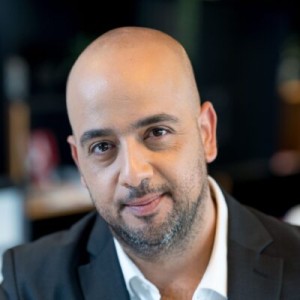- Video Library
- Amir Danino Presents Innoventric at LSI Europe '23
Amir Danino Presents Innoventric at LSI Europe '23

Amir Danino
The founder and CEO of Innoventric and the inventor of the company’s technology. Amir has 15 years of experience in the medical device field, mainly in structural interventional cardiology, bringing aortic, mitral and tricuspid valve projects from concept to clinical application. Amir served in some of the most exciting structural heart projects and has a broad experience in R&D, clinical affairs, regulatory affairs and business development.
Amir holds a B.Sc. in Biomedical Engineering from Ben-Gurion University and a M.Sc in Mechanical Engineering from Tel-Aviv University.
Amir Danino
The founder and CEO of Innoventric and the inventor of the company’s technology. Amir has 15 years of experience in the medical device field, mainly in structural interventional cardiology, bringing aortic, mitral and tricuspid valve projects from concept to clinical application. Amir served in some of the most exciting structural heart projects and has a broad experience in R&D, clinical affairs, regulatory affairs and business development.
Amir holds a B.Sc. in Biomedical Engineering from Ben-Gurion University and a M.Sc in Mechanical Engineering from Tel-Aviv University.

17011 Beach Blvd, Suite 500 Huntington Beach, CA 92647
714-847-3540© 2025 Life Science Intelligence, Inc., All Rights Reserved. | Privacy Policy







